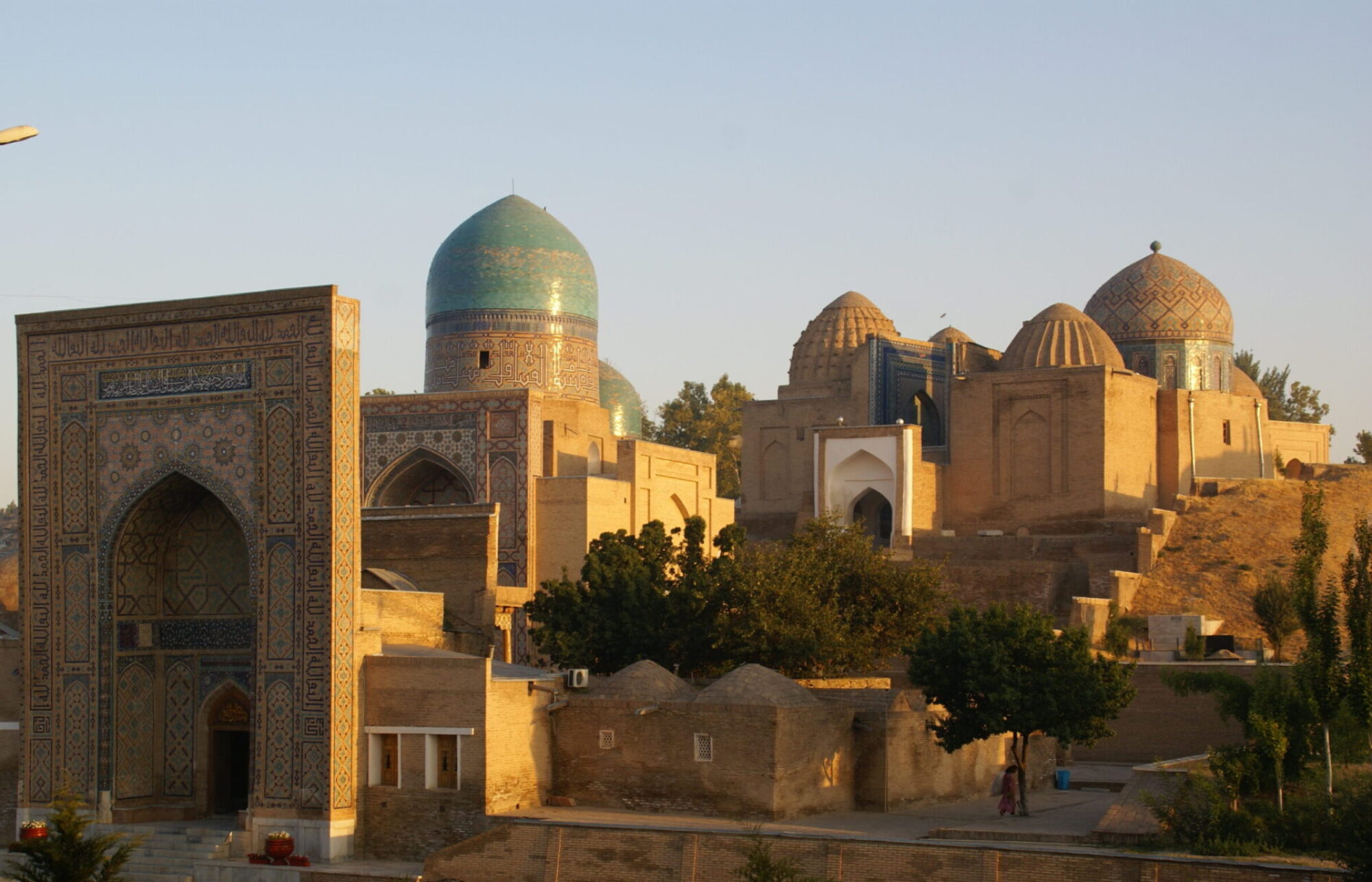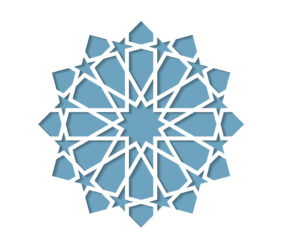Introduction
by Gabrielle van den Berg
The most important poet of Badakhshan is Nasir-i Khusraw, the 11 th century poet-philosopher who brought the Ismaili religion to the area of present day Badakhshan. He is worshipped as a pir, a religious guide, by the inhabitants of Badakhshan and his works are used in the religious practice. Some of his poems occur in madahkhani. The religious poetry in madahkhani however is mostly classical Persian mystic poetry or modern Isma’ili poetry. The classical mystic poetry is often attributed to Jalal al Din Rumi, a famous medieval Persian poet, who was born in Balkh (nowadays in Afghanistan) but had to flee to Konya (nowadays in Turkey) for the Mongol invasion. Like most of the Persian poets, he is considered an Isma’ili poet by the inhabitants of Badakhshan. The relatively modern poetry in madahkhani is from local Isma’ili poets from the 19th and 20th century. In this poetry the teachings of Ismã’ ilism are more explicitly expressed.
Ghazalkhani is the performance of ghazals, an important genre in classical Persian poetry. A ghazal is a poem usually consisting of maximum 15 lines. A bayt (line) consist of two misrã’s (half lines). A ghazal has strict rhyme and metre, like most classical Persian poetry. A ghazal traditionally deals with love, worldly as well as transcendental. Ghazalkhani is not exclusively related to religion. The most famous ghazal poet of the classical Persian tradition was Hafiz, who lived in Shiraz in the 14th century. His ghazals are widely performed in the whole Iranian world. Ghazals in Badakhshan are performed at different occasions, for example at weddings, and solemn occasions. Some ghazals, although explicitly classified by musicians as belonging to the genre of ghazalkhani do not seem to be any different from the ghazals performed under madahkhani.
The third genre, as distinguished by the Badakhshhi musicians, is folk poetry. Different forms are to be distinguished. The most important one is dargilik-falak-lala‘ik , a typical Badakhshan type of songs. The musical characteristics of dargilik (song of separation), falak (song of fate) lala‘ik (lullaby) are not easy to distinguish. Especially dargilik and lala‘ik in many respects are similar. But as far as the contents are concerned, a distinction between these three forms—of an otherwise highly coherent genre—can be made. In dargilik usually the separation of the beloved or a relative is described, of course by mentioning the vicissitudes of life as well. This forms the transition of dargilik to falak, which is the more philosophic treatment of separation. In falak , the singer utters his helplessness in this world which is ruled only by fate. Lala‘ ik is characterized by the frequent occurrence of lai-lai sounds, and can be compared to a lullaby. However it is always sad and slightly philosophical.
Dargilik – falak – lala‘ ik is often written in the native language, and sung by female singers. Each of the different regions of Badakhshan has its own special variety of the dargilik – falak – lala’ik genre: in the Rushan region, dargilik and lala’ik are sometimes called duwduwak (duw duw is a sound like lai lai and is frequently used), while in Wakhan this genre is often called bulbulik which can allude to falak as well in this case. Bulbulik is the Wakhi variant of dargilik , in which the separation of a beloved or a relative is lamented. Bulbulik literally means nightingale song: in classical Persian poetry, the nightingale is the symbol of the lover, who is singing a lament over his beloved. There also exists a wide range of folk songs—both in native language and in Tajik—that are more difficult to classify. Many of these are performed at weddings, like “ Shah-i ma khush amadi ” in which the groom is welcomed in the house of the bride.

